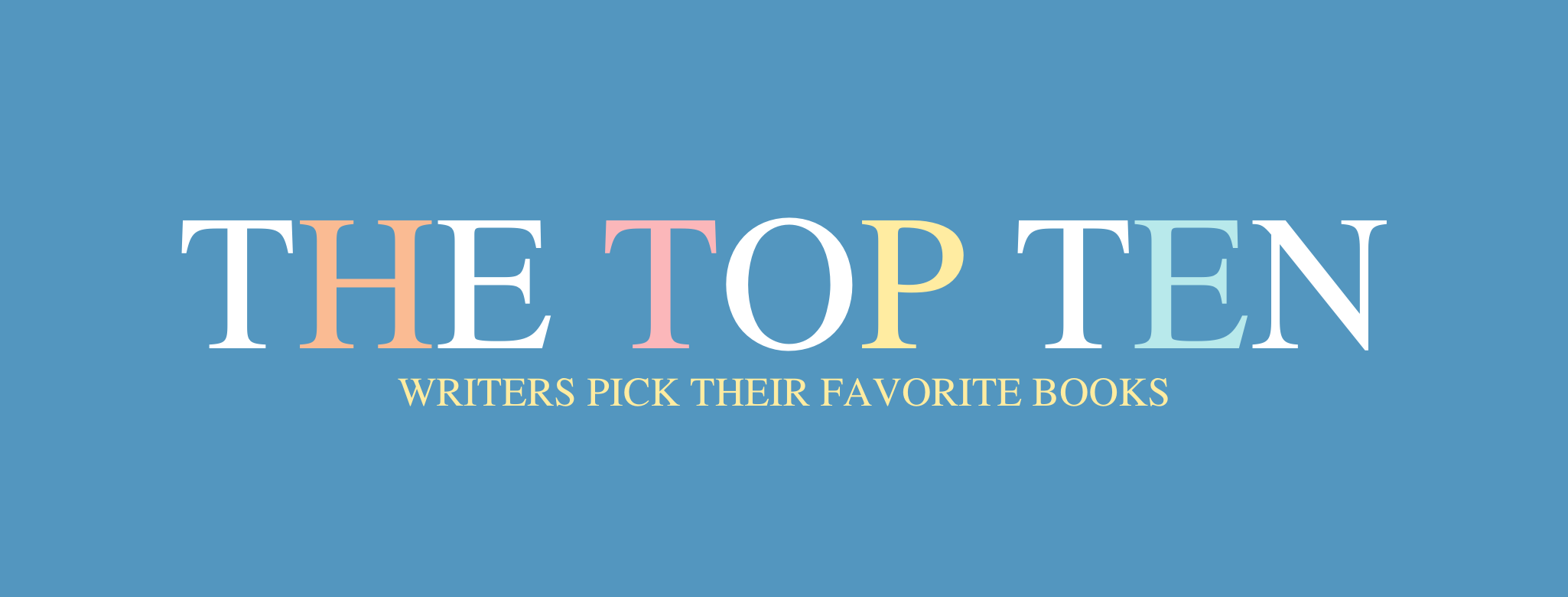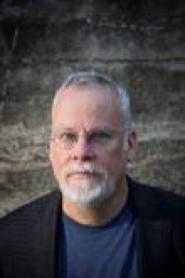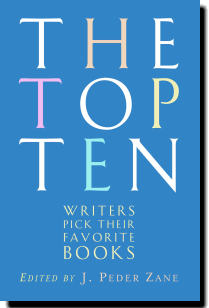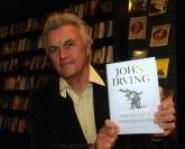Tom Wolfe Appreciates "Studs Lonigan"
Appreciation of James T. Farrell’s Studs Lonigan Trilogy by Tom Wolfe
To writers born after 1950, James T. Farrell (1904–79) is known, if at all, as a “plodding realist” who wrote a lot of dull, factual novels now as dead and buried as he is. To writers born from, say, 1925 to 1935, however, the very name James T. Farrell strums the heartstrings of youth. To be young and to read Farrell’s first novel, Studs Lonigan! It made one tingle with exhilaration and wonder. How could anybody else understand your own inexpressible feelings so well?



